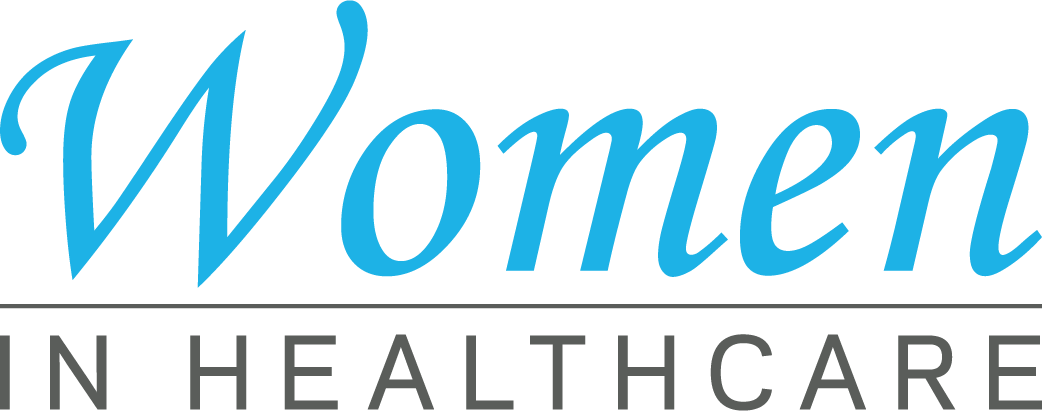Why Healthcare RCM is Crucial for Financial Wellness in Medical Practices
Why Healthcare RCM is Crucial for Financial Wellness in Medical Practices
Blog Article
A Comprehensive Guide on How Healthcare RCM Functions to Simplify Payment and Collections
Navigating the complexities of health care earnings cycle administration (RCM) is crucial for carriers intending to boost their payment and collections procedures. The guide unboxes the intricacies of RCM, from individual enrollment to accounts receivable administration, using understandings right into maximizing each step.
Comprehending Profits Cycle Monitoring
RCM is a vital administrative function that encompasses the whole economic process of individual care, from the initial consultation setting to the last settlement of the balance. It is an intricate treatment made to identify, gather, and manage the earnings from the solutions provided to clients.
The RCM procedure starts when a patient schedules an appointment and prolongs via the patient's care trip, including payment and collections. A key goal is to decrease the time between obtaining and supplying a service settlement, hence improving the company's monetary wellness. RCM involves various features such as individual registration, insurance confirmation, charge capture, coding, claims submission, settlement uploading, and taking care of charms and rejections.
Trick Elements of RCM
In the realm of Earnings Cycle Management (RCM), understanding its crucial components is essential to achieving financial effectiveness within health care organizations. RCM is an extensive process that encompasses numerous phases, each critical to making certain reliable invoicing and collections. The key elements consist of person enrollment, insurance verification, charge capture, coding, claim submission, repayment uploading, and balance due monitoring.


When coded, cases are sent to payers, where accuracy is vital to stay clear of delays or denials - Healthcare RCM. Repayment uploading entails taping the obtained settlements, which enables the reconciliation of accounts. Last but not least, balance dues monitoring concentrates on tracking and dealing with overdue cases, ensuring timely follow-up and resolution
Each part of RCM is adjoined, and inadequacies in any component can interfere with the whole cycle. Therefore, grasping these components is crucial for health care providers to optimize revenue and boost their financial health.
Strategies for Effective Payment

Systematizing billing procedures throughout the company is an additional vital method. Establishing clear guidelines for paperwork, coding, and submission aids preserve consistency and compliance with regulatory requirements. Training personnel consistently on these procedures guarantees everyone is up-to-date with the newest changes in invoicing codes and payer policies.
Exact charge capture is crucial in protecting against income leak. Executing regular audits and surveillance systems allows for the recognition and improvement of inconsistencies prior to they influence profits. In addition, keeping open lines of interaction with payers aids to promptly fix any kind of disputes or misunderstandings that may develop.

Last but not least, engaging people early in the invoicing procedure by providing clear quotes and academic materials about their economic duties can significantly lower confusion and improve settlement timeliness. These methods jointly add to a more economically healthy and effective invoicing system.
Enhancing Collections Procedures
A durable collections process is important for preserving financial stability within healthcare organizations. Offered the complexities of clinical billing and the selection of payer needs, improving the collections process includes executing strategic procedures that make certain timely and exact repayment of solutions made. Central to this is making use of innovation to automate and improve processes, reducing hand-operated mistakes and improving efficiency. Automation devices can assist in tracking insurance claim statuses, sending prompt reminders to people, and taking care of rejections better.
Transparent and clear individual communications are important. Providing detailed explanations of charges and supplying flexible settlement plans can raise patient contentment and timely settlements.
Regular audits of the collections procedure should be conducted to determine areas for improvement and guarantee compliance with guidelines. By assessing data, healthcare companies can identify patterns, anticipate this post prospective problems, and adapt techniques accordingly (Healthcare RCM). Eventually, a well-enhanced collections process not only supports economic health and wellness but additionally contributes to a much more seamless experience for clients and staff alike
Optimizing Earnings Streams
Building upon the foundation of a solid collections procedure, medical care companies can better strengthen their economic security by purposefully enhancing earnings streams. This entails a multi-faceted strategy, starting with a thorough evaluation of existing earnings resources to identify ineffectiveness and locations for development. Using advanced information analytics devices makes it possible for companies to gain insights right into payer mix, client demographics, and service utilization patterns, permitting for data-driven decisions that enhance revenue capture.
Implementing automated invoicing systems can considerably minimize errors and speed up claims refining, making certain that revenue is gathered more successfully. In addition, enhancing payer contracts through routine negotiations can enhance compensation prices and terms, straight impacting the bottom line. Diversifying solution offerings, such as incorporating telehealth or health programs, can additionally draw in a broader person base, therefore raising revenue potential.
One more vital element is improving client involvement and contentment, as pleased clients are more probable to stick to therapy strategies and make prompt payments. Providing versatile payment alternatives and transparent payment methods can boost collections and foster person loyalty. Healthcare RCM. By embracing these approaches, healthcare companies can produce a more resilient financial structure, ensuring continual growth and stability in an ever-changing sector landscape
Final Thought
To conclude, medical care Profits Cycle Monitoring (RCM) plays a crucial duty in enhancing invoicing and collections procedures by incorporating key elements such as person enrollment, insurance policy confirmation, charge capture, coding, asserts entry, and receivable administration. By utilizing innovative innovation, systematizing procedures, and fostering individual engagement, medical care carriers can substantially decrease claim rejections, speed up repayment cycles, and improve capital. This extensive method to RCM eventually leads to enhanced economic effectiveness and sustainability for health care organizations.
The RCM process begins when a person routines a visit and extends my response through the patient's treatment journey, including payment and collections.An additional crucial component is enhancing person interaction and satisfaction, as completely satisfied individuals are more most likely to stick to therapy plans and make timely settlements. Supplying flexible repayment options and clear invoicing techniques can boost collections and foster client loyalty.In conclusion, healthcare Earnings Cycle Administration (RCM) plays a vital duty in optimizing payment and collections processes by integrating key components such as client enrollment, insurance coverage verification, fee capture, coding, asserts entry, and accounts receivable monitoring. By using advanced innovation, standardizing treatments, and fostering patient interaction, browse around this web-site medical care suppliers can substantially lower case rejections, speed up settlement cycles, and boost cash flow.
Report this page